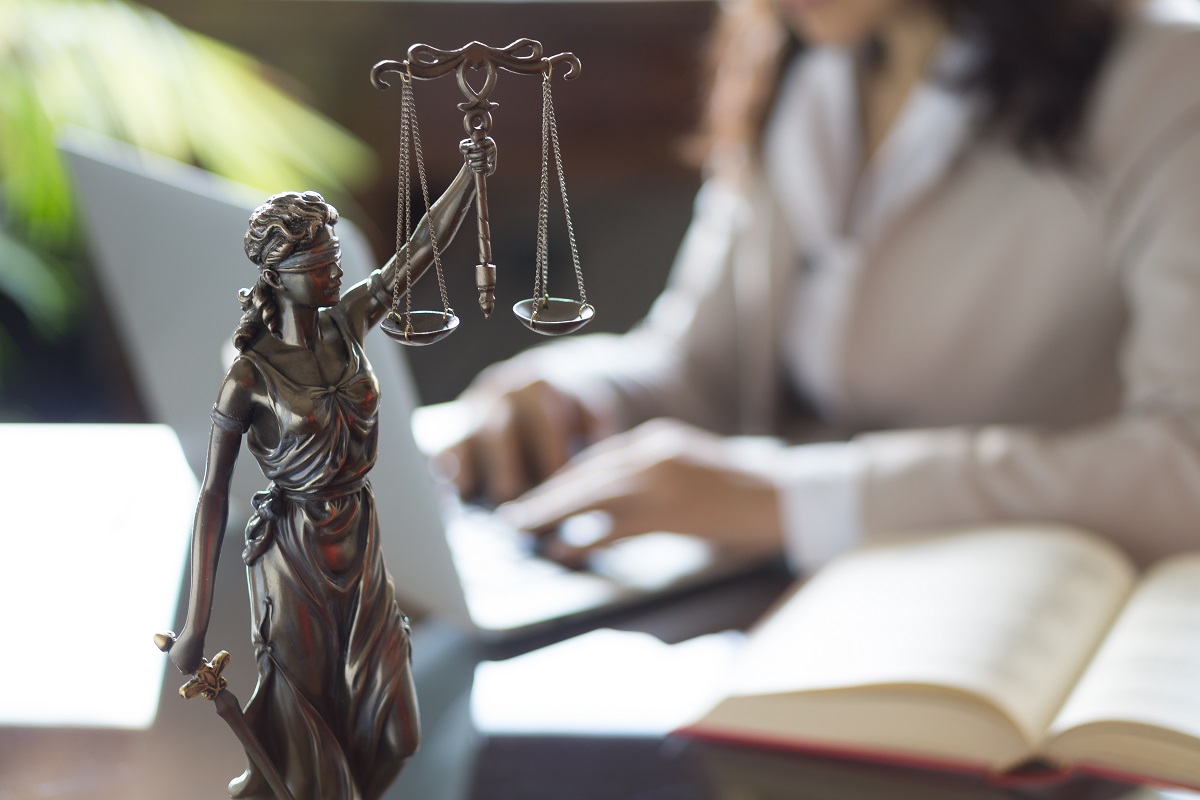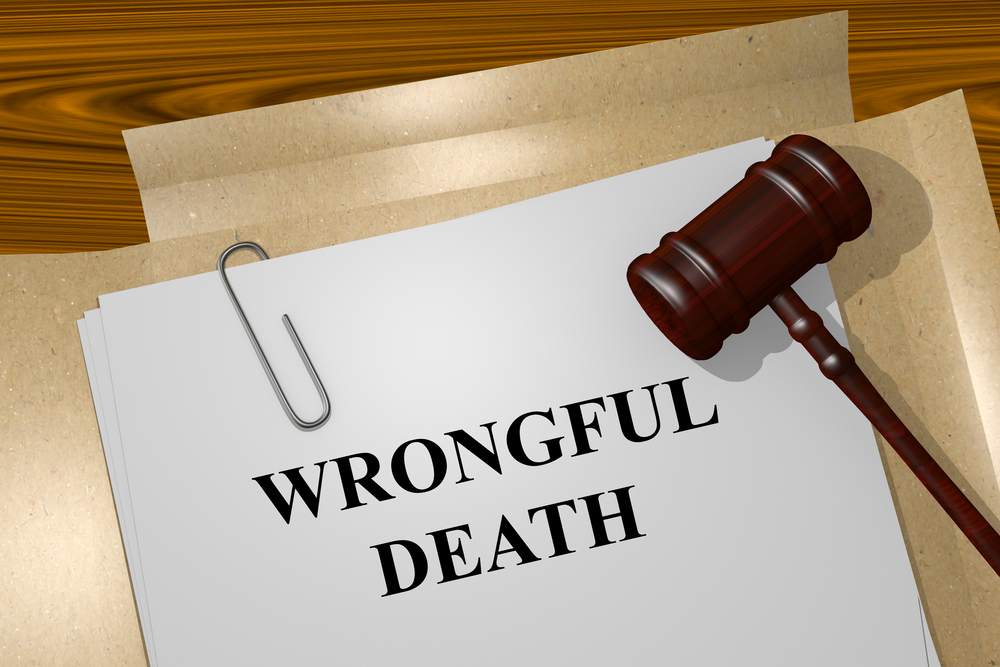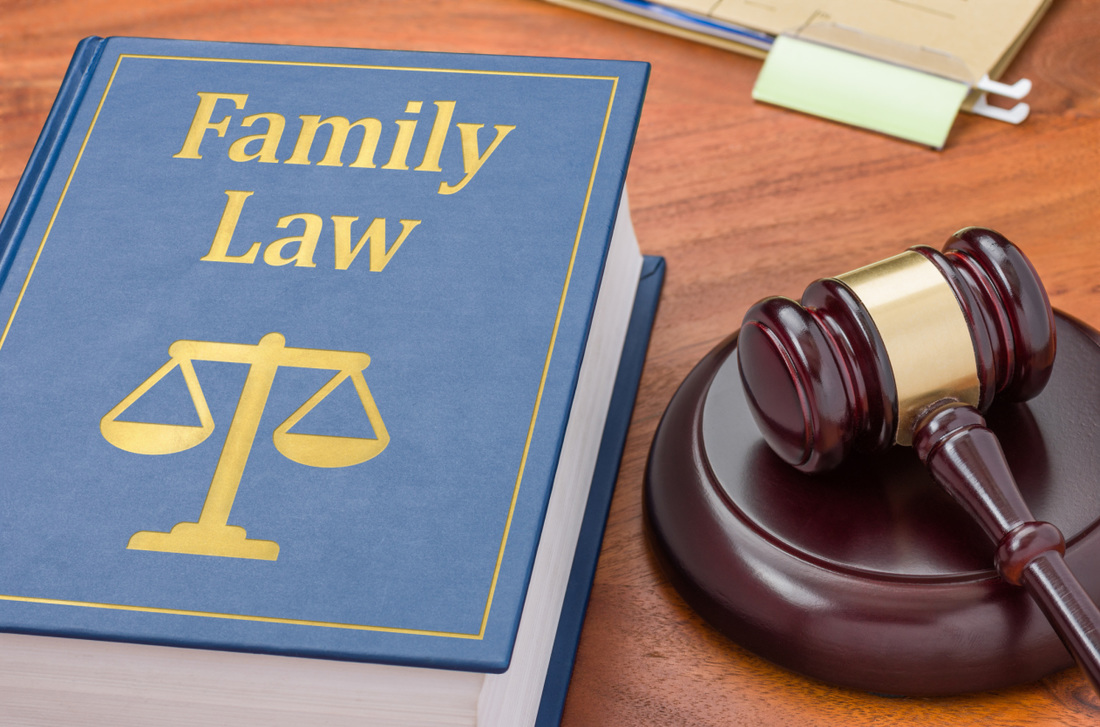How to Know Who Is at Fault in a Car Accident?
March 23, 2021If you’ve recently been in a car accident, don’t panic. What you do next could be crucial to your case.
There is an average of six million car accidents occurring per year in the U.S. If you drive regularly, chances are that you will be involved in more than one accident in your lifetime.
However, just because they’re common doesn’t mean they’re easy to get through. This is especially true when it isn’t clear who is at fault in a car accident. So, how can you determine this and move on with your life?
There are a number of different guidelines that shape how fault is determined in a car accident. It all comes down to individual state laws, as well as specific details of the accident. Read on to learn more about what comes next.
Why is Fault Important?
Determining who is at fault in a car accident isn’t about settling an argument between the drivers. It’s about finding out who will be financially responsible for the aftermath, including personal injuries and property damage.
If a party is found to be at fault in the event of a car accident, matka then that party is liable for the resulting damages. Likewise, if a party proves that he or she is not at fault, then they are absolved of that liability.
Determining Who Is at Fault in a Car Accident
Insurance companies use fault to decide who pays for the damages following the accident. Obtaining compensation after a car accident depends on which party is determined to be at fault.
When a car accident claim is filed with an auto insurance provider, that specific claim is assigned to an adjuster to investigate. That claims adjuster will then look into the specific details of the car accident to make the final determination.
Typically, all parties involved will have an individual adjuster looking into the accident. Each adjuster will find out about the accident and oversee the investigation process from start to finish.
Here are a few key points in each adjuster’s investigation:
- Researching what happened during the accident
- Speaking with any witnesses involved
- Reviewing medical reports to evaluate injuries
- Reviewing the police reports regarding the car accident
- Looking at the damages to vehicles and other property
- Interviewing all parties involved in the accident
- Reviewing insurance policies of all parties involved
Based on the findings from their investigation of the car accident, the insurance claims adjuster will make the final decision regarding who is responsible for the damages.
Determining Negligence
One of the main criteria used by an insurance company is negligence. A driver is considered negligent when he or she does not exercise the proper caution to prevent the accident from occurring.
However, negligence isn’t always a black-and-white term. In fact, even if the other party is determined to be at fault, the party who isn’t at fault might have been negligent to some degree. In this case, they may be assigned a portion of the fault for the accident.
Let’s take a specific example to better understand this concept. Let’s say you were driving through a parking lot when another car backs out and hits you. That person would clearly be at fault, right?
Despite what you might think, that wouldn’t always be the case. The insurance adjuster might find that you were driving too fast in the parking lot, or that you failed to do the evasive maneuvers necessary to prevent yourself from getting hit. In this case, the other driver would still have a majority of the fault, but you could end up with a considerable percentage of it as well.
Laws vary by state, but those who are found at least partially at fault for an accident might not get all of their damages recovered by the other party’s insurance company. Both insurance companies would cover costs accordingly.
Looking at the Police Report
With everything considered, you might be wondering, “doesn’t the police report state who is at fault in a car accident?” The answer is this: not always.
Many police reports will contain the responding officer’s opinion of who was at fault. If this is the case, then that will typically be enough for the at-fault party’s insurance company to pay the damages.
However, not all police reports will clearly state who is at fault. They may contain witness statements, as well as statements from all drivers, but these could still be objective. This is where the insurance adjuster would continue the investigation to make the final decision.
What to Do After a Car Accident
No matter how many you’ve been in, getting into a car accident can still be a panic-inducing situation. Be sure to remain calm and keep these steps in mind.
- Do not admit any fault or guilt. You might be compelled to apologize to the other driver, but please avoid doing this. It could end up making you look like the guilty party.
- Call the police for every accident. Even if no one is hurt and no major damage occurs, calling the police every time is an absolute must. It will save you a lot of headaches when it comes to follow-up insurance investigations.
- Take pictures. Capture the damages to both vehicles as well as any hazards present or other damages to property.
- Consider seeing a car accident lawyer. A car accident attorney will help you navigate the aftermath of your accident and will talk to the other party’s insurance for you. This is usually how you can obtain the most compensation for your car accident claim.
Car accidents aren’t fun for anyone involved, and there are often a number of disputes that follow. By keeping your cool and responding in the right way, you can help secure the most positive outcome possible.
Getting Your Car Accident Compensation
If you’ve recently been in a car accident, it can feel like things will never be resolved. After all, when both parties claim the other is at fault, things can get frustrating. Now that you know how it is determined who is at fault in a car accident, you’ll be prepared for everything that comes next.
For more topics like this one, check out our other articles.



![How To Solved Error code [pii_email_cbd448bbd34c985e423c] in 2021?](https://i.ibb.co/R9J499B/363.jpg)










